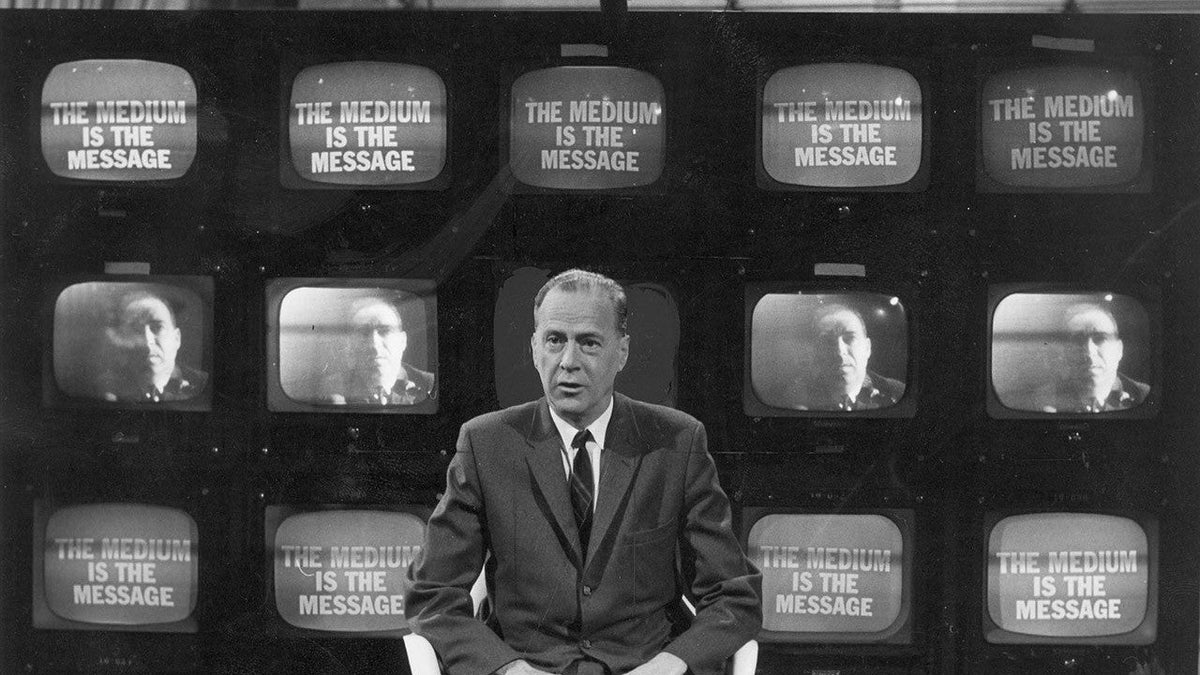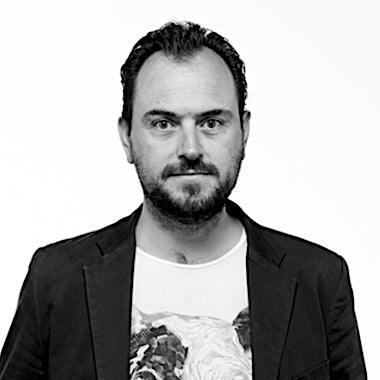
From Global Village to Digital Tribes

When McLuhan first spoke of the global village, many mistook it for a prophecy of harmony — a planetary campfire where information would make us neighbours. But proximity, as any anthropologist knows, does not promise empathy. The village, after all, has always been a place of gossip as much as grace, of shared warmth and shared surveillance.
The phrase was never meant to describe unity; it was meant to describe compression — a shrinking of space until everyone’s breath can be felt in everyone else’s air. Today, that intimacy is no longer metaphorical. It is measured in latency and bandwidth. The global village has become a nervous system, a sentient mesh pulsing with signals. And every vibration carries emotion.
The Networked Pulse
Once, the hum of the village travelled through the radio — one signal broadcast to many. Now, it travels through billions of devices whispering to each other, mapping the pulse of human thought in real time. Each vibration — a notification, an alert, a message — is a micro-contraction of the collective body.
We no longer live near one another; we live through one another. Each of us a membrane, porous to the flows of data, contagions of feeling, rhythms of attention. The network is not just an infrastructure — it is an atmosphere of connection that permeates every gesture and glance.
We inhabit this system the way our ancestors inhabited landscapes: reading its signs, hunting its signals, finding meaning in its noise.
But something subtle has shifted. In this environment, the pulse itself has become the product. The feed is a marketplace of emotion. We no longer trade goods or ideas; we trade presence.
The Ritual of the Feed
Information has become a new form of ritual. Each post, each reaction, each meme is a call and response — a modern drumbeat echoing through the digital canopy.
In oral cultures, the drum united the tribe through rhythm. Today, the algorithm performs the same function: it synchronises attention. The stronger the beat, the faster the resonance. Emotion spreads not by persuasion, but by contagion.
Our digital tribes are not defined by territory, but by affect — anger, irony, faith, joy. We bond through shared intensities rather than shared beliefs. The algorithm doesn’t care what you love or hate, only that you feel together.
Belonging, once tied to kinship, is now tied to vibration. We gather not around fires, but around frequencies.
The Anthropology of the Patterned Self
Identity has become fluid — less a fixed narrative than a networked performance. Each of us now exists as a pattern: metadata, metrics, movements. We leave trails of our cognition behind — the digital equivalent of pottery shards and bones. The archaeologists of the future will excavate hashtags instead of tools.
We once defined humanity by speech and tool-making. Now we might define it by signalling — the ceaseless negotiation of visibility in a crowded, collective mind.
In this global nervous system, we inhabit multiple selves simultaneously: avatars for work, desire, politics, play. Each self tuned to the frequency of a different tribe, each algorithmically edited for social survival.
The result is a kind of cultural quantum state: we exist in overlapping identities until engagement collapses us into one.
Tribes Without Totems
In this new ecology of presence, the hunger for belonging has not disappeared — it has multiplied. We seek community with the same urgency we once sought food or shelter. But our rituals of connection have become spectacular — performed for visibility rather than understanding.
The microphone has replaced the ear; performance has replaced participation. We signal in order to exist. Yet behind every declaration of identity lies the quiet anxiety of invisibility.
Without shared totems — symbols that bind meaning across difference — our tribes risk becoming echo chambers of affirmation. Solidarity without stewardship. Resonance without responsibility. The result is noise without narrative, connection without coherence.
The New Anthropology of Connection
Still, Mcluhan would not ask you to abandon the network. The village has simply evolved. Its fires now flicker across screens. Its stories move at the speed of thought. What we must learn is not withdrawal, but discernment and intentionality.
To see the pattern of the village within the network. To hear, beneath the static of outrage and performance, the deeper pulse — the human heartbeat that created these systems in the first place.
We are not just users of technology; we are its ecosystem of attention. The network amplifies what we feed it — fear or empathy, spectacle or sense-making. Our tribes mirror our consciousness.
The next evolution of connection might not be faster; it might well be more deliberate. Not the constant noise of participation, but the quiet skill of communion — the slow act of listening across difference, of recognising that systems do not only connect us, they compose us.
The Message, Rephrased
The medium is still the message. And the message, sixty-one years later, is that connection alone is not enough. The global village has become a digital archipelago — countless islands of emotion adrift in a sea of signal. But even here, every spark of communication carries the same ancestral hope: to be seen, to be understood, to belong.
The challenge is not to mute the tribes, but to remember that every drumbeat — algorithmic or human — is a heartbeat seeking coherence in the noise.



